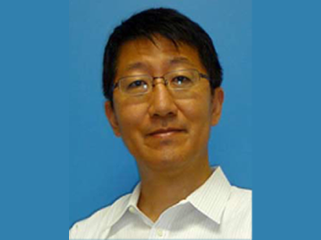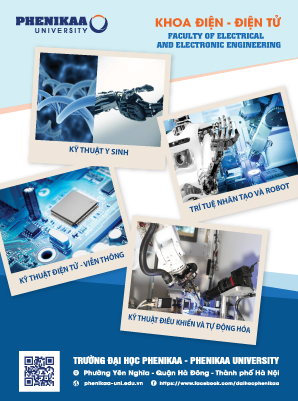Prof. Dr. Kunio Sakakibara
Millimeter-wave and Teraherz-wave Beam-scanning Antenna Technologies for Automotive Radars and beyond 5G Mobile Communication Systems.

Prof. Dr. Kunio Sakakibara
Abstract:
Millimeter-wave technologies are growing for sensing and communication applications. Automotive-radar systems are the first leading application of millimeter-wave technologies. The successful growth of the automotive radar contributes the cost reduction of millimeter-wave devices. The service of the 5G mobile communication systems has already begun and currently the service area is extending from hot spots gradually. The development of the RF technologies of mobile communication systems shifts higher frequency band such as teraherz-wave band for Beyond 5G systems toward 2030 as a next stage.
High gain antennas for high S/N ratio and high angular resolution can be designed in the millimeter-wave and teraherz-wave bands even though the physical size of the antenna is small. Beam-scanning function is attractive to detect the target in sensing systems and to cover wide area with high gain in communication systems. Digital Beam Forming (DBF) systems are being the most popular for automotive radar systems. Required gain of the antenna for one channel is relatively low. However, full DBF systems require huge number of receivers and consume much power in A/D and D/A converters. Combination techniques of DBF and multiple beam antennas could be a solution of reasonable high-gain beam-scanning antennas. Technologies of planar array antennas and multiple beam antennas are required for these applications.
Three “LOWs”; low loss, low cost and low profile are important features in choosing the feeding system of array antennas. There are no perfect antennas for any uses. We always have to select feeding systems with distinct advantages depending on the specification. How many millimeter-wave antennas should be prepared to cover all millimeter-wave applications? Three types of millimeter-wave antennas are enough to cover most applications; microstrip array antennas, slotted waveguide array antennas, lens antennas since they have completely opposite advantages and compensate their disadvantages each other. Therefore, we have tried development of various designs of these antennas. Butler matrix and Rotman lens are popular for feeding circuit of multiple beam antennas. The dielectric lens antennas can be applied for beam-scanning antennas.
Broadband antennas which cover wide angular area with high gain are expected for high-speed huge-capacity wireless communication systems and wireless sensing systems in 300GHz band. Lens antennas perform low feeding loss even for high gain in such a frequency range. Electric beam-scanning is possible by switching primary radiators arranged around the focus of the lens. To prevent reducing crossover levels in beam switching of the lens antenna, two ideas are proposed as feeding two primary radiators simultaneously and arranging smaller lenses with phase synthesis.
This lecture presents the distinct features of the planar antennas, multiple beam antennas and lens antennas. The designs and the principles of the antennas are explained. The key technologies of the planar array antennas and the lens antennas for beam-scanning in the millimeter-wave and teraherz-wave bands are presented in the lecture. Transmission line transitions to connect RFIC and waveguide feeding horn antennas for primary radiators of lens antennas are also mentioned in this talk.
Biography:
Kunio Sakakibara was born in Aichi, Japan, on November 8, 1968. He received the B.S. degree in electrical and computer engineering from Nagoya Institute of Technology, Nagoya, Japan, in 1991, and the M.S. and D.E. degrees in electrical and electronic engineering from Tokyo Institute of Technology, Tokyo, Japan in 1993 and 1996, respectively. From 1996 to 2002, he worked at TOYOTA CENTRAL R&D LABS., INC., Aichi, and was engaged in the development of antennas for automotive millimeter-wave radar systems. From 2000 to 2001, he was with the Department of Microwave Techniques at the University of Ulm, Ulm, Germany, as a Guest Researcher.
In 2002, he joined Nagoya Institute of Technology as a Lecturer. From 2004, he was an Associate Professor and he became a Professor in 2012. He was an associate editor of IEICE Transactions on Communications from 2010 to 2015 and is currently an associate editor of the Korean Journal of Electromagnetic Engineering and Science (JEES) from 2012. He was awarded for Top Ten Reviewers from IEEE Transactions on Antennas and Propagation in 2010. He received Best Paper Award of ISAP in 2004, 2007, 2008 and 2009. His research interest has been millimeter-wave antennas and metasurfaces. Dr. Sakakibara has been senior members of IEEE since 2006 and IEICE since 2011.

